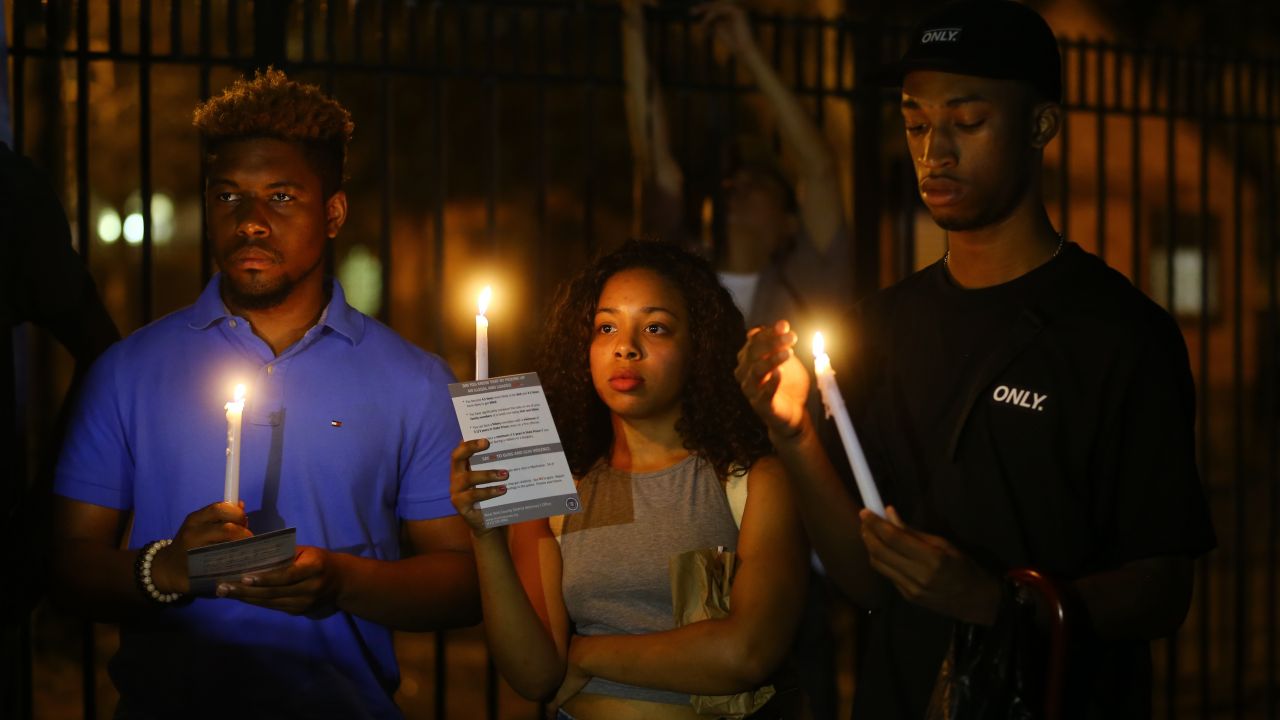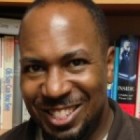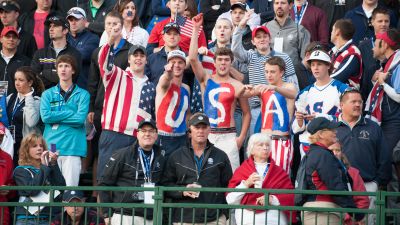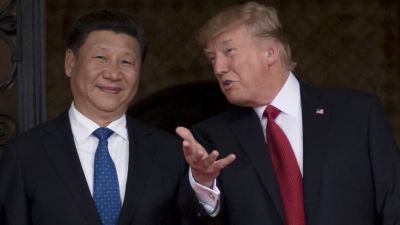
People attend a vigil in Harlem, July 8, 2016. (Photo by Volkan Furuncu/Anadolu Agency/Getty Images)
This post originally appeared at the Campaign For America’s Future blog.
The horrors we witnessed in Baton Rouge, Minneapolis and Dallas are rooted in racism that has haunted our families for generations, and is perhaps at its deadliest when embodied in law enforcement and embedded in our communities.
As I took my oldest son to summer camp on Thursday morning, we rode in uneasy silence, listening to the news of Philando Castile’s death by cop in Falcon Heights, Minnesota, outside of the Twin Cities. I was emotionally wrung out. The night before I’d begun writing a piece about Alton Sterling’s death at the hands of police in Baton Rouge, Louisiana, and planned to finish it in the morning. Before I could begin, my news feed overflowed with reports of Castile’s death.
After the Orlando massacre, I plunged into writing about the event, because doing so allowed me to keep it at arm’s length, as a writer examining the facts of the story, instead of feeling it as a gay man absorbing an attack on my community. Likewise, as an African-American father of two boys, the act of writing about these incidents affords me some emotional distance from the horror. But, at points where the personal and political intersect, pain is unavoidable, and it inevitably breaks through.
Days after Orlando, alone in the safety of my home, I broke down and wept for those lost, and for the families whose love one’s had been so violently ripped away. Sitting in the car with my son on Thursday morning, however, I maintained my composure, even as we sat and listened to reports of Castile’s death. Neither of us spoke of it, but I couldn’t help thinking about it.
I thought about the times I have been in similar circumstances. More than 20 years ago, I was stopped by police late one night on Capitol Hill. It was around 4 a.m., and I was giving my fraternity brother a ride home, when I saw blue lights flashing behind me.
The officer said she stopped me for the same reason Castile was told he was stopped: my taillight was out. It may have been. I’d been in an accident with my car the day before, but was still driving it. Uber and Lyft were still 20 years away, and the odds were solidly against a black man getting a cab anywhere in Washington, DC, at 4 a.m.
It’s just as likely that we were also stopped because we “fit the profile.” According to recently released audio clips of police radio traffic, the officer stopped Castile because “the two occupants just look like people that were involved in a robbery,” and “the driver looks more like one of our suspects, just ‘cause of the wide-set nose.” We were two young black men, driving a banged-up car, in a neighborhood where the officer said there’d been several car thefts.
Two more police units joined the traffic stop. Then a police van pulled up on the passenger side of the car. I thought of how easily and quickly things could go downhill from there. If it had, there would have been no smartphones to stream it, no body cams or dashcams to record it and no way for millions of people to see the video online. It would have amounted to little more than a police news release, if that.
The officer returned, and told me that my license and registration checked out. Then she asked if I had the title to the car. Most people don’t keep their title in the car. But, having just moved to DC, I had it in my briefcase, in the trunk of my car.
Like Castile explained to the officer that he had a licensed firearm in the car, but was reaching for his license and registration, I had to explain to the police officer what I had to do to comply with her requests. I told her that in order to show her the title, I’d have to open my door, get out of the car, walk around to the back of the car, open the trunk, open my briefcase and retrieve the title.
I was lucky that night. I drove away, with just a warning. Philando Castile wasn’t. I thought about my long-ago traffic stop on Thursday morning. I thought about how Castile’s mother, Valerie, always told her son to comply with the police. I thought about how my parents had taught me the same thing — respectful compliance as a survival tactic. It may have saved me that night on Capitol Hill, but it didn’t save Philando Castile.
Former New York City Mayor Rudy Giuliani chose this moment of collective trauma — when African-American parents question what we can teach our children to keep them alive — to lecture us that we should teach our children to be “very respectful of the police.”
We have always lived with the knowledge that our children may come face-to-face with institutional and structural racism when they go out into the world, and it may show up armed and in uniform. The first rule we teach our children as a matter of survival is, “Be polite and respectful when stopped by the police.” We know that it may not save them any more than it saved Philando Castile, but we teach them anyway.
Racism deeply embedded in law enforcement is the reason Philando Castile was stopped for having a “wide-set nose” and being “black and in the wrong place,” not because of anything he did to make himself suspect. Earlier this year, a parade in Baton Rouge featured racist-themed floats that mocked black men killed by police, passed off as “satire.”
The Spanish Town parade is always a disgrace. Baton Rouge, get your people pic.twitter.com/8MLXvygA9s
— ✨ Chassi ✨ (@PEARLfectChassi) February 8, 2016
Where black deaths are a joke, black lives don’t matter. Is it any wonder then, that just months after Baton Rouge had a good laugh over Eric Garner’s death, Alton Sterling would be shot dead by police on its streets, under all-too-familiar circumstances?
Sterling and Castile now join a long list of names that include Michael Brown, John Crawford, Sandra Bland, Walter Scott, Delwran Small, Sam DuBose, Tanisha Andereson, Rekia Boyd, Aiyana Stanley-Jones and Tamir Rice. We wouldn’t know their names were it not for the Black Lives Matter movement that made their deaths national news. That movement forced the issues of police violence and the militarization of police departments in communities of color into the national debate, insisting that the lives of black people gunned down by police mattered and that the circumstances of their deaths deserved attention and action.
Deaths that would have barely made local news now launch nationwide demonstrations. Those demonstrations and direct actions are one of the most powerful tools we have to call attention to institutional and structural racism, and make our communities safe from deadly policing.
It’s no wonder that conservatives want to blame these protests and the Black Lives Matter movement for the deadly attack on police officers in Dallas. As we learn more about the shooter, however, it looks more like mental illness, and easy access to weapons and explosives, had more to do with the Dallas attack than anything else.
I took one last look at my son as we arrived at his summer camp, and all the statistics I’ve absorbed in the last few years scrolled through my head.
- He is 21 times more likely than his white peers to be shot dead by police.
- He is less likely to be seen as innocent than his white peers.
- He is less likely to be seen as a child.
He is also the child I first held in my arms 13 years ago, who took his first steps toward me, and whose tears I’ve wiped away countless times. He’s the child who worked hard to make honor roll, earned his black belt in taekwondo this year and started learning computer programming this summer, because he wants to create video games someday.
And nothing I can teach him will guarantee he won’t become another statistic until we address the institutional and structural racism inherent in policing today.




